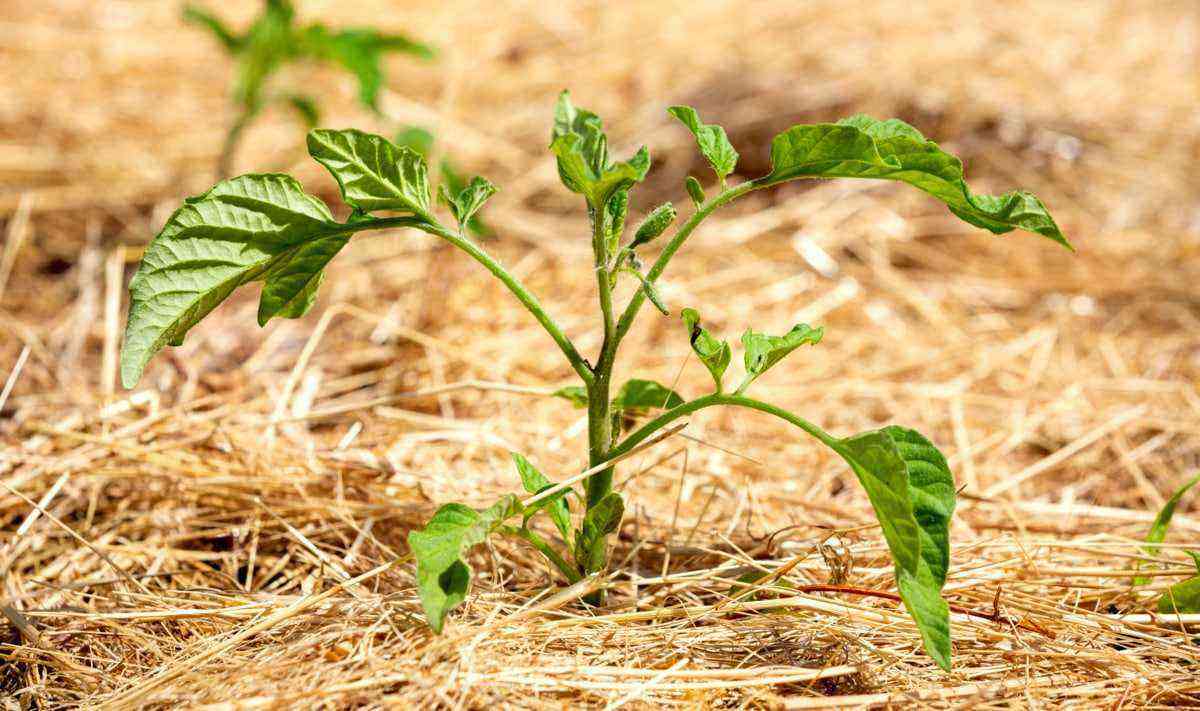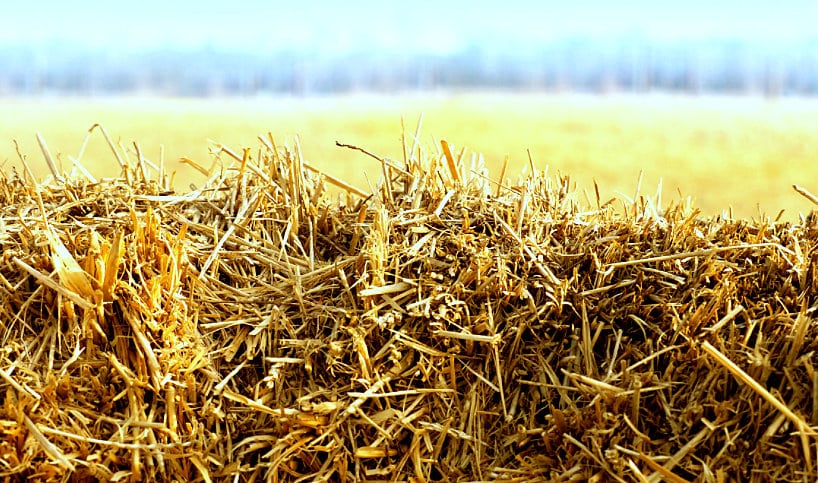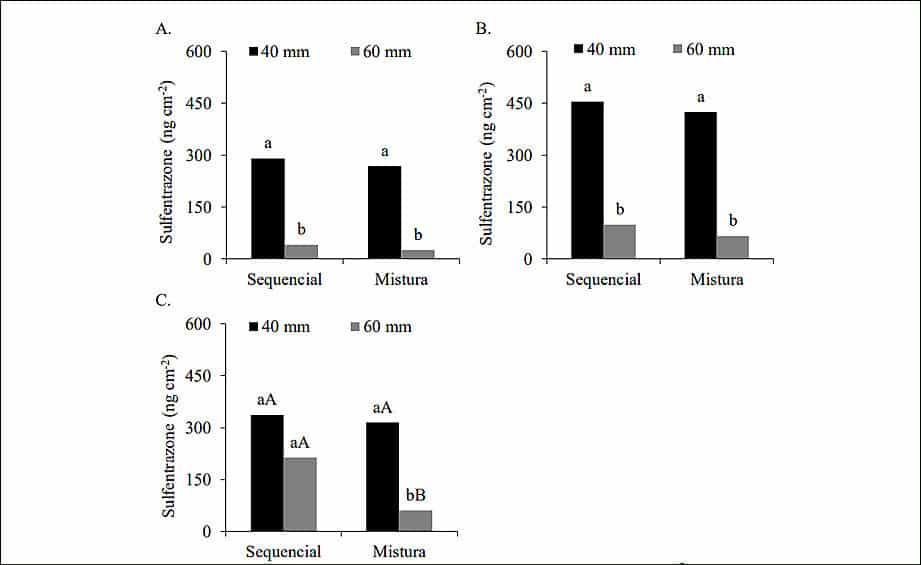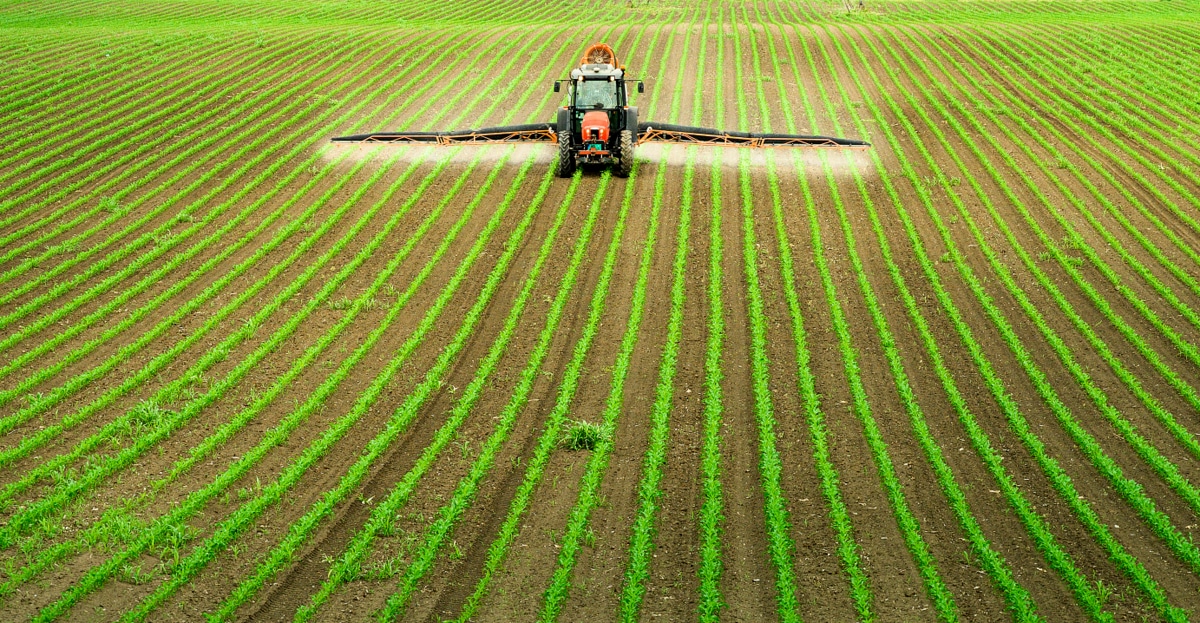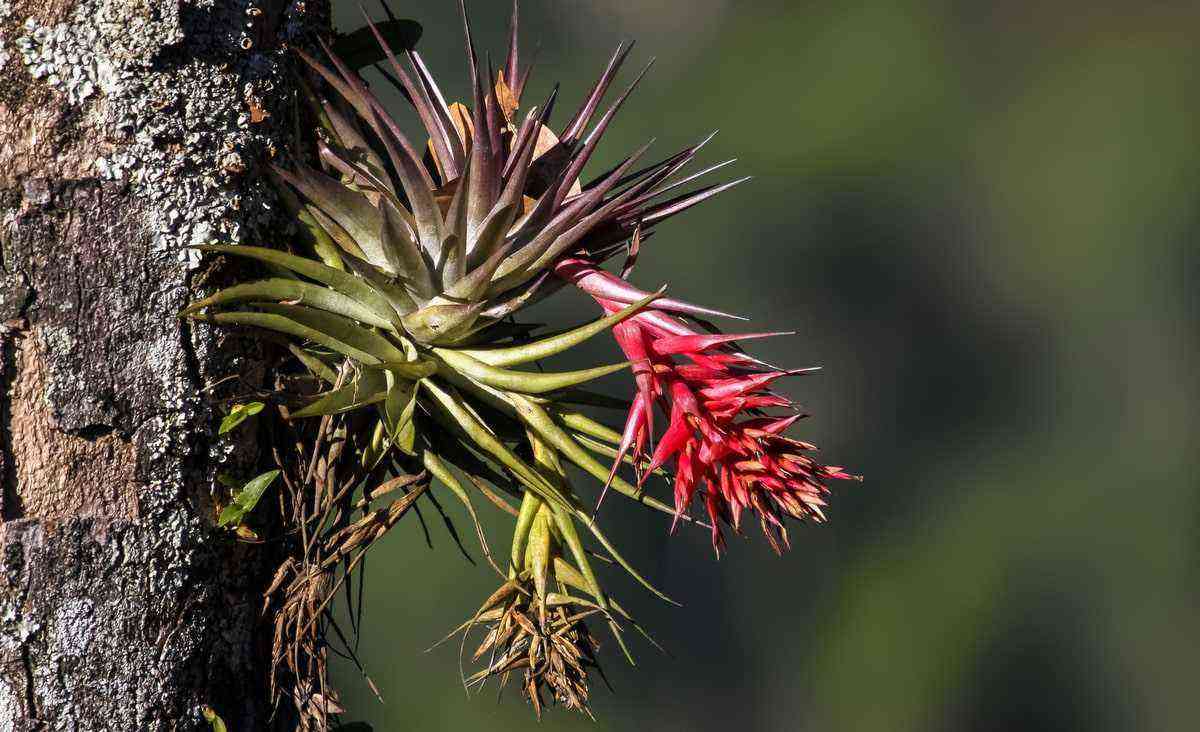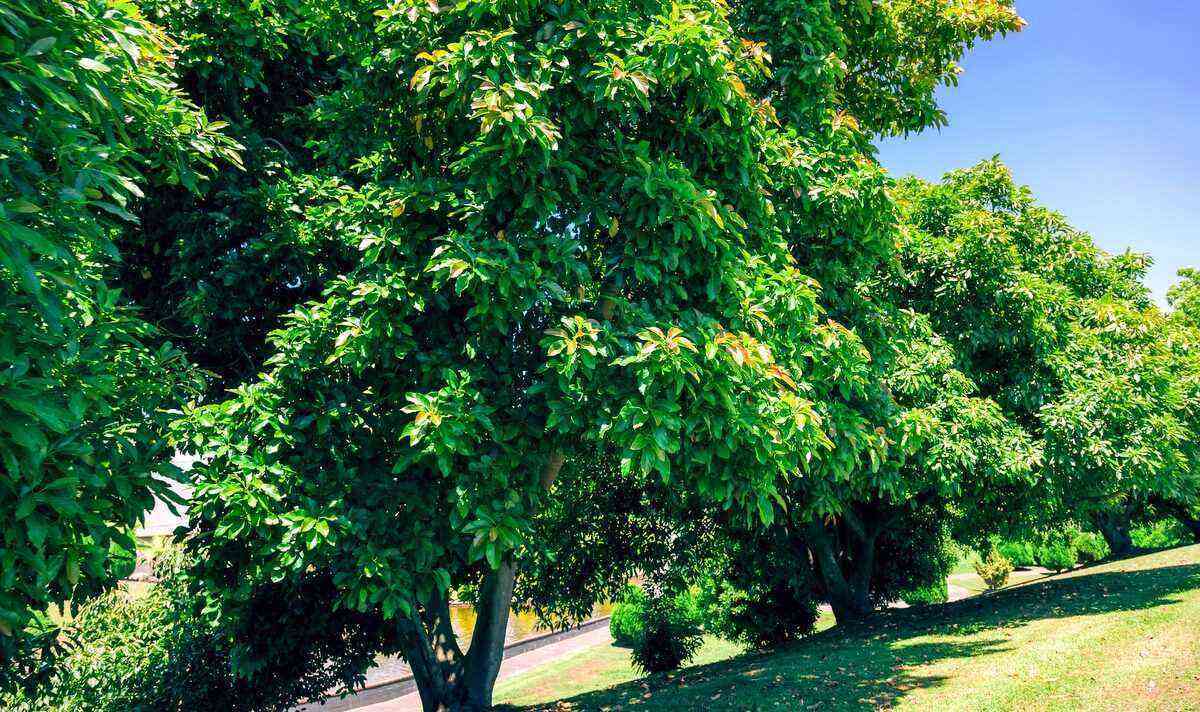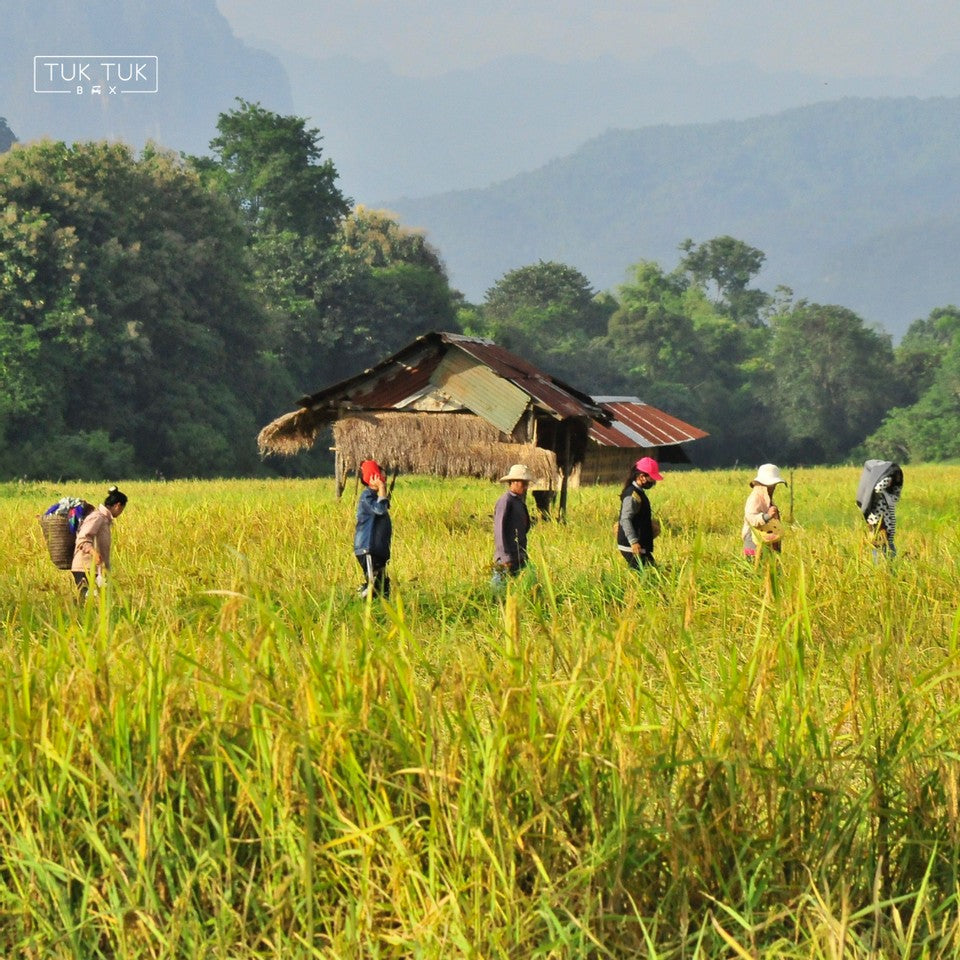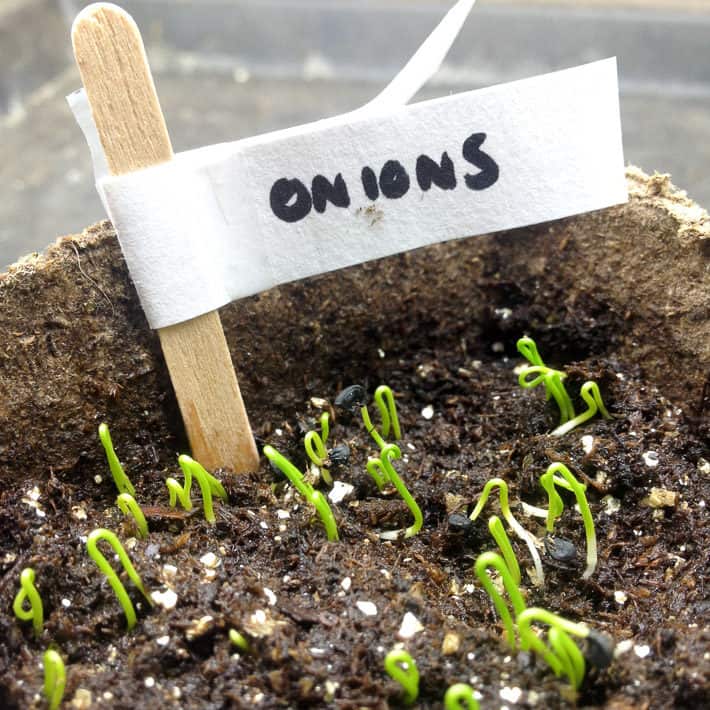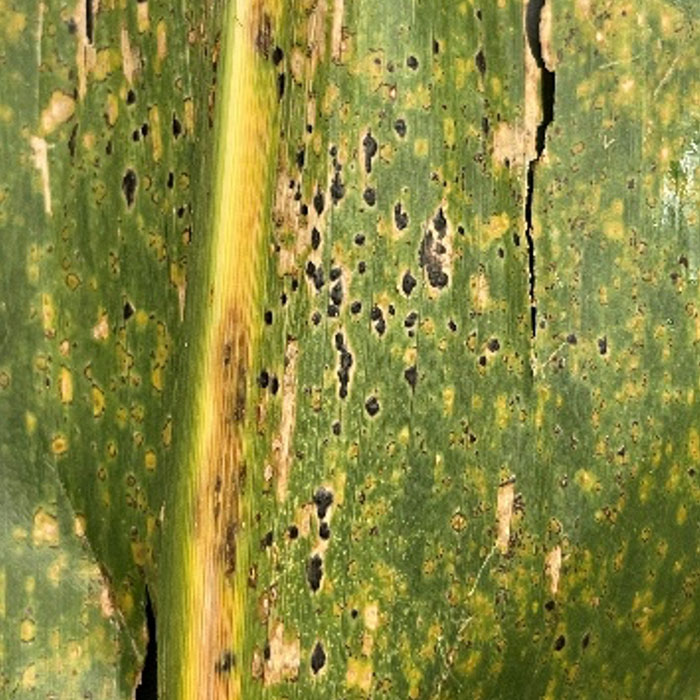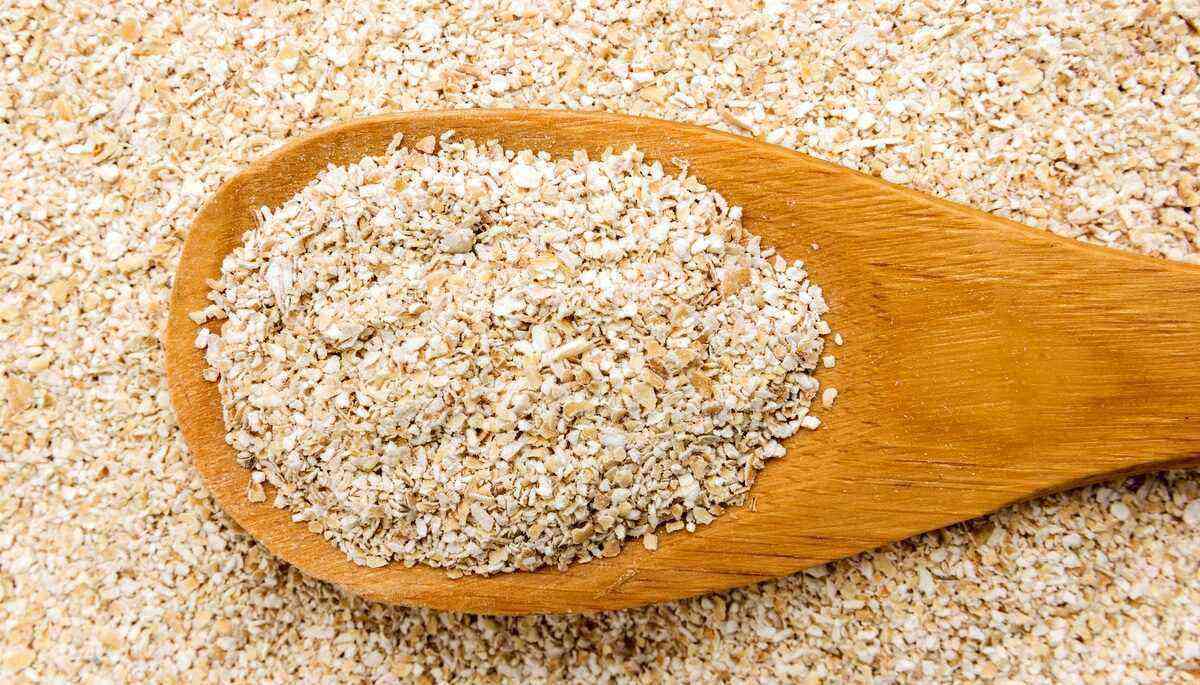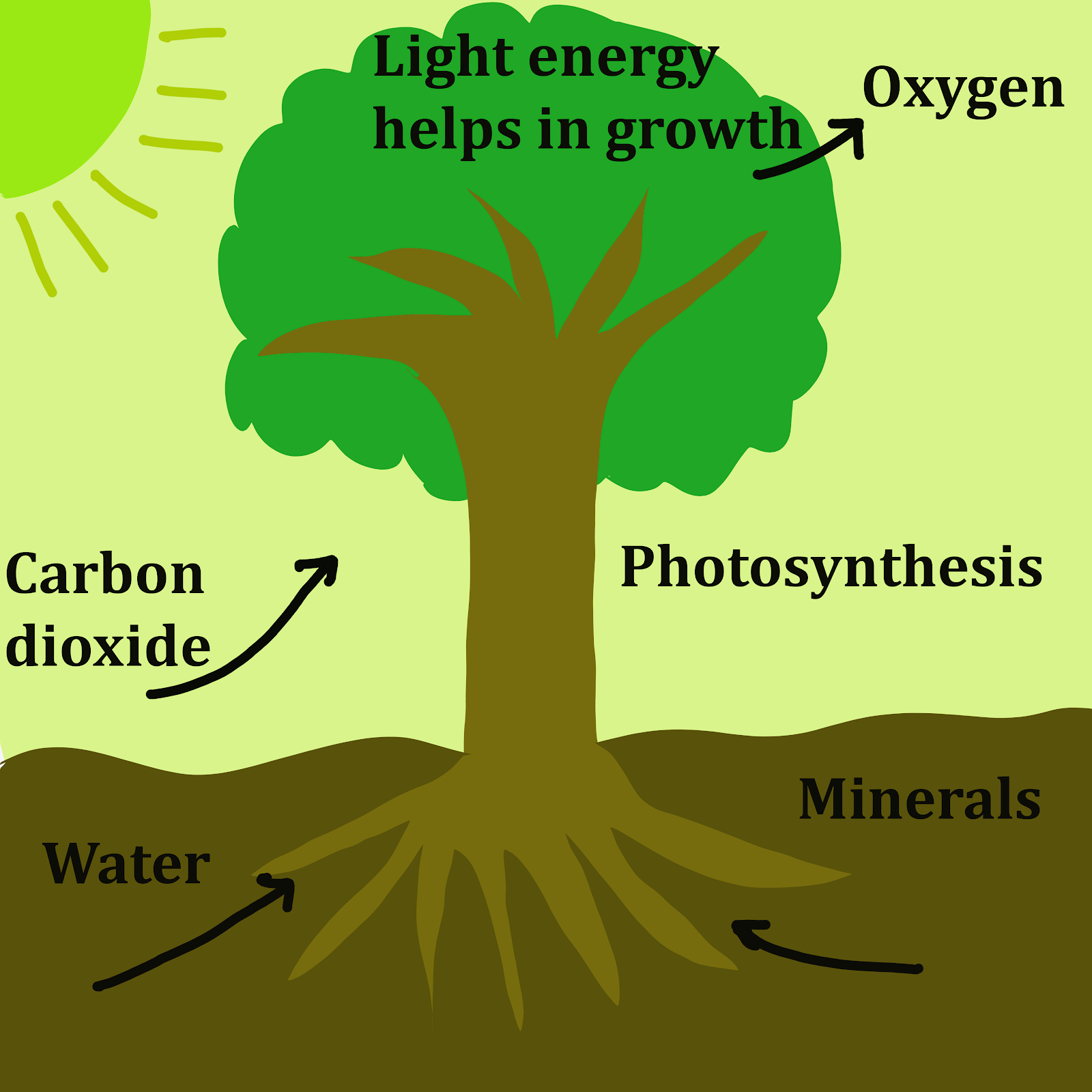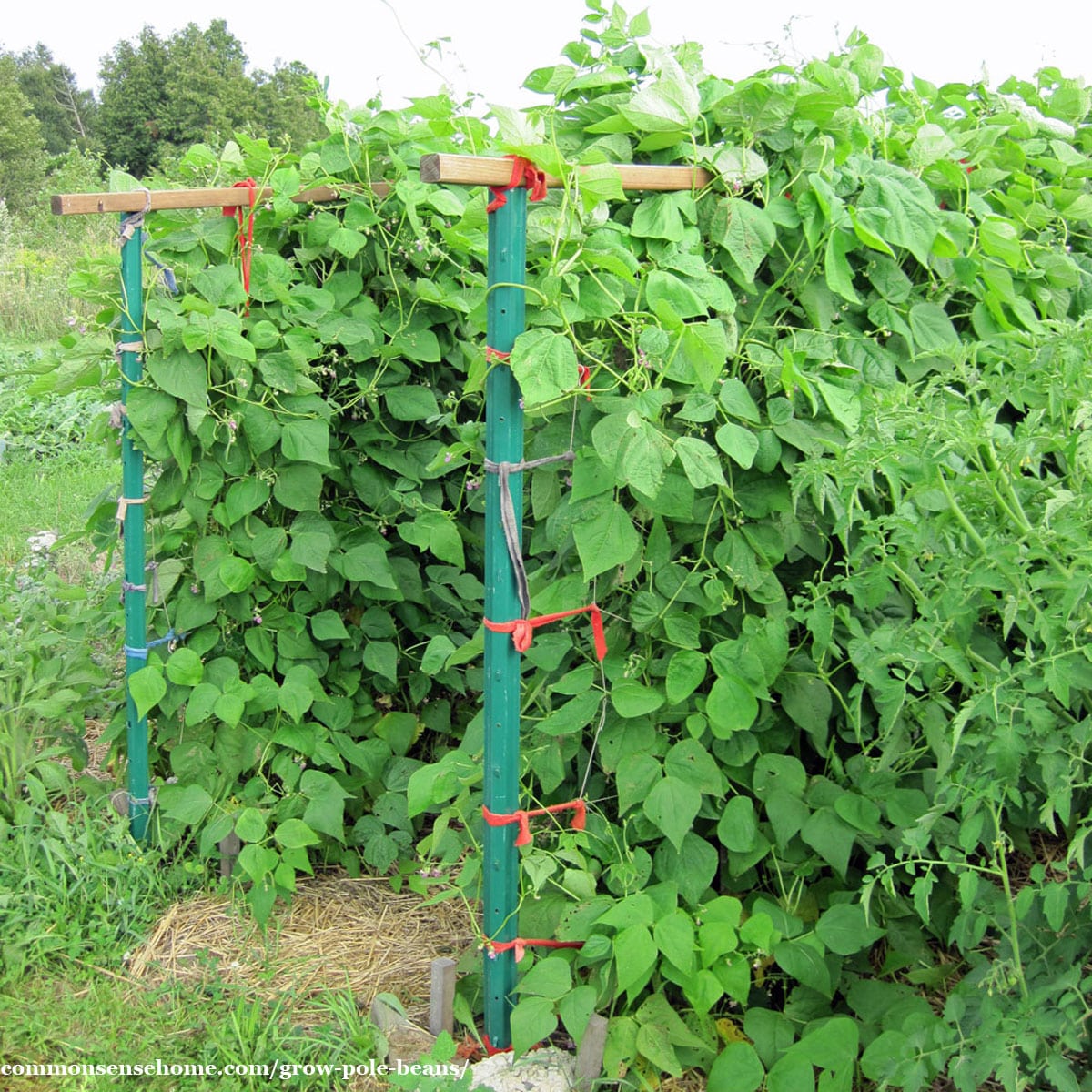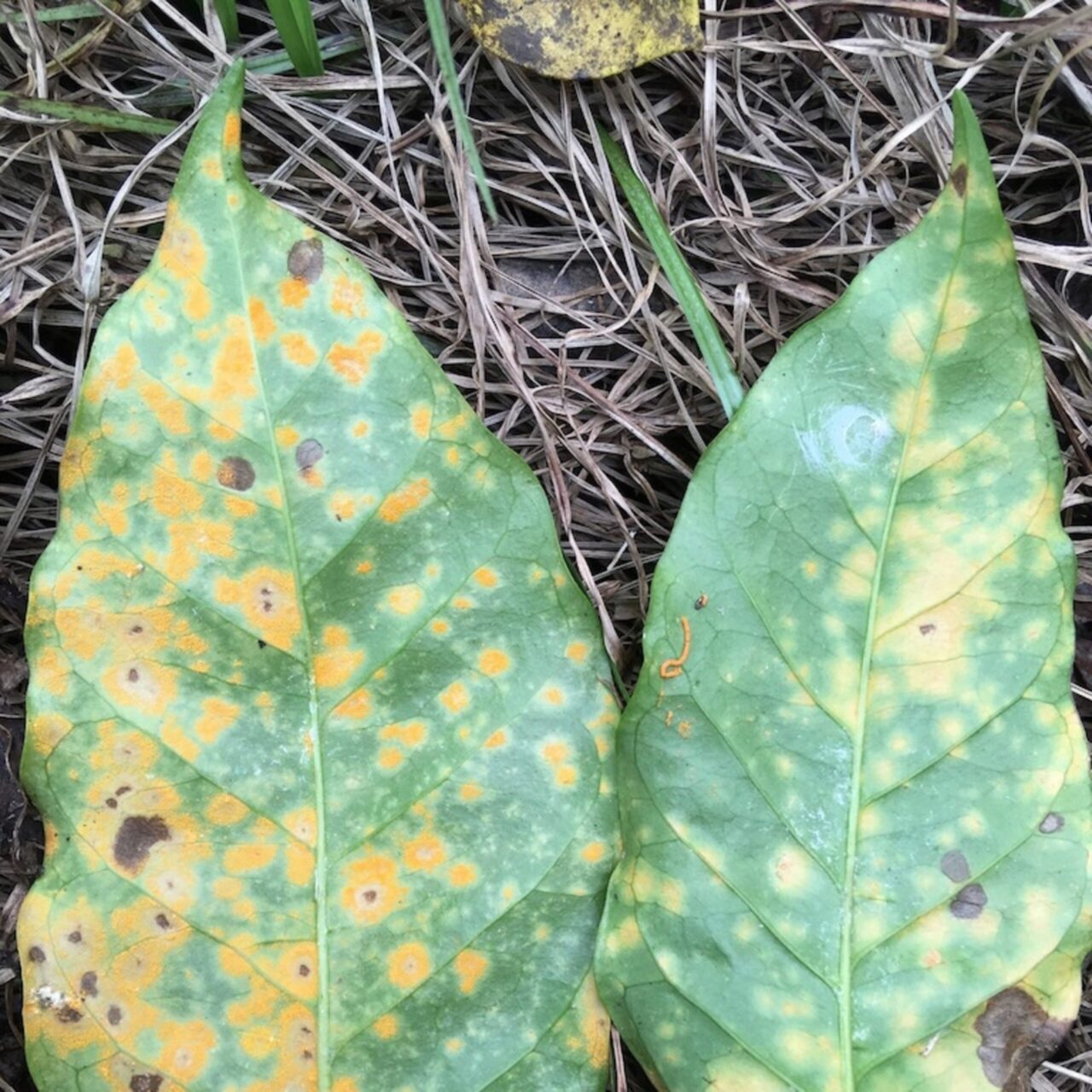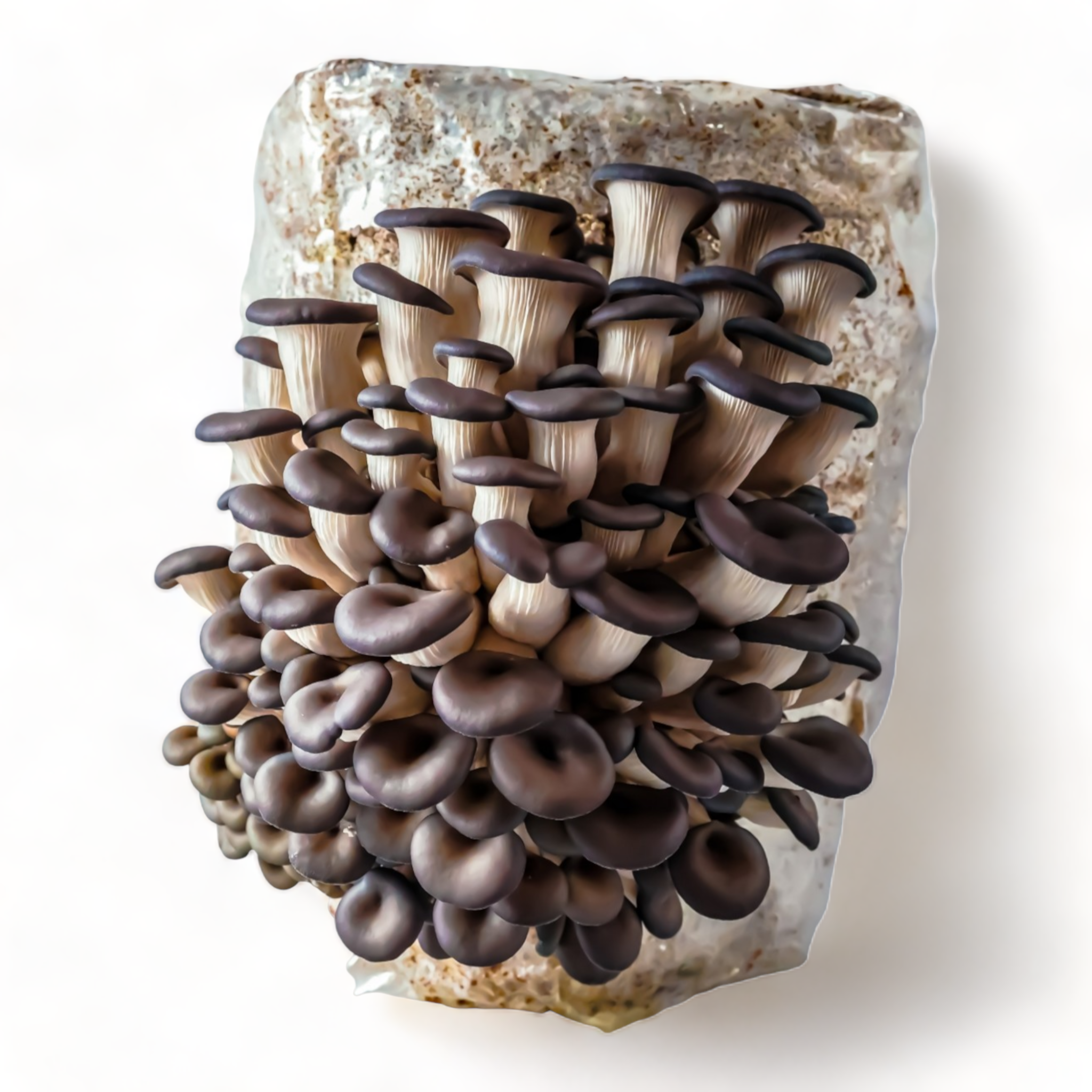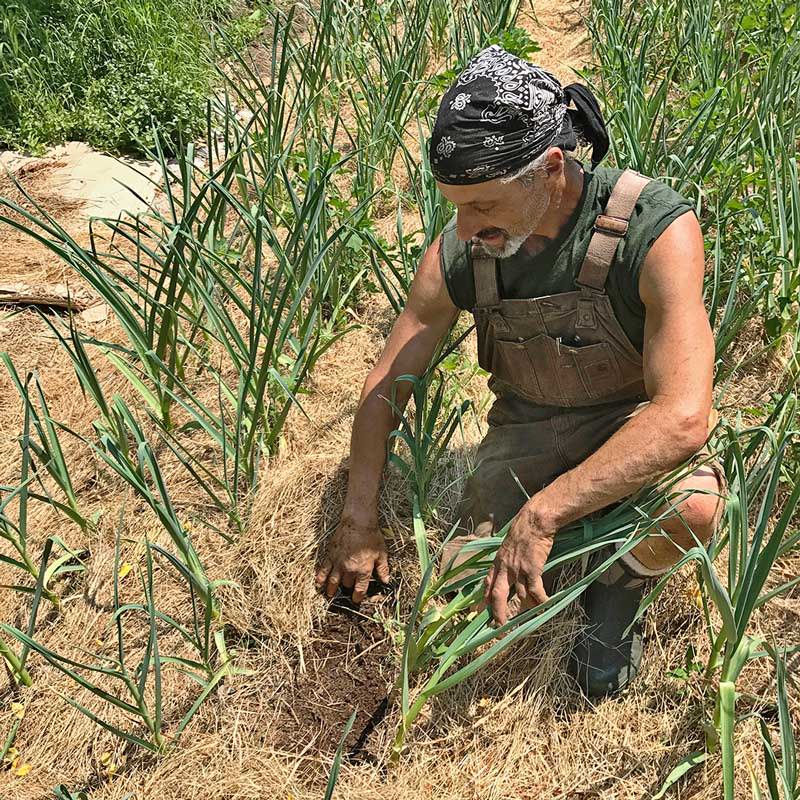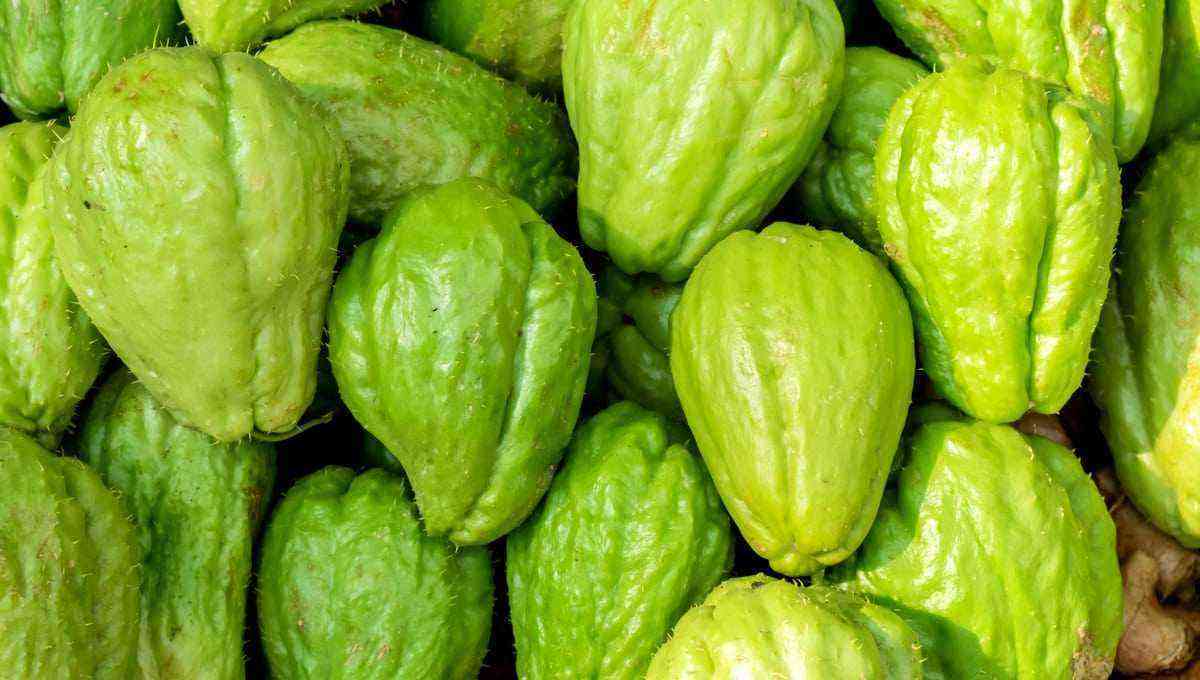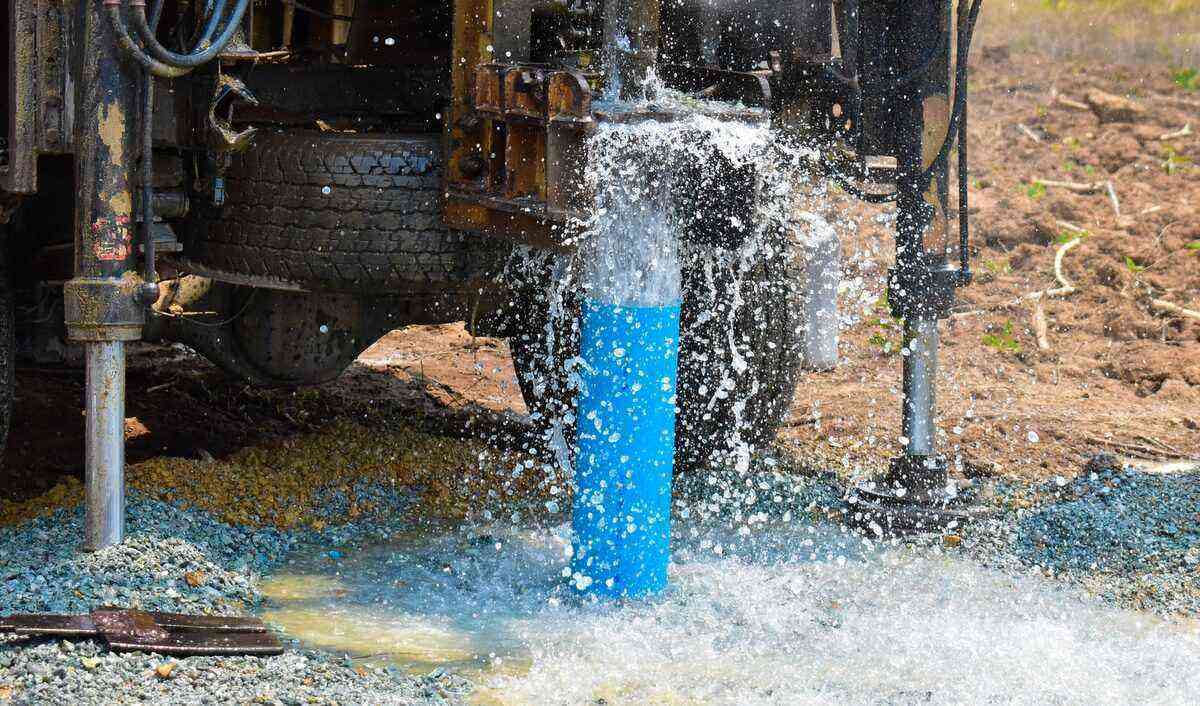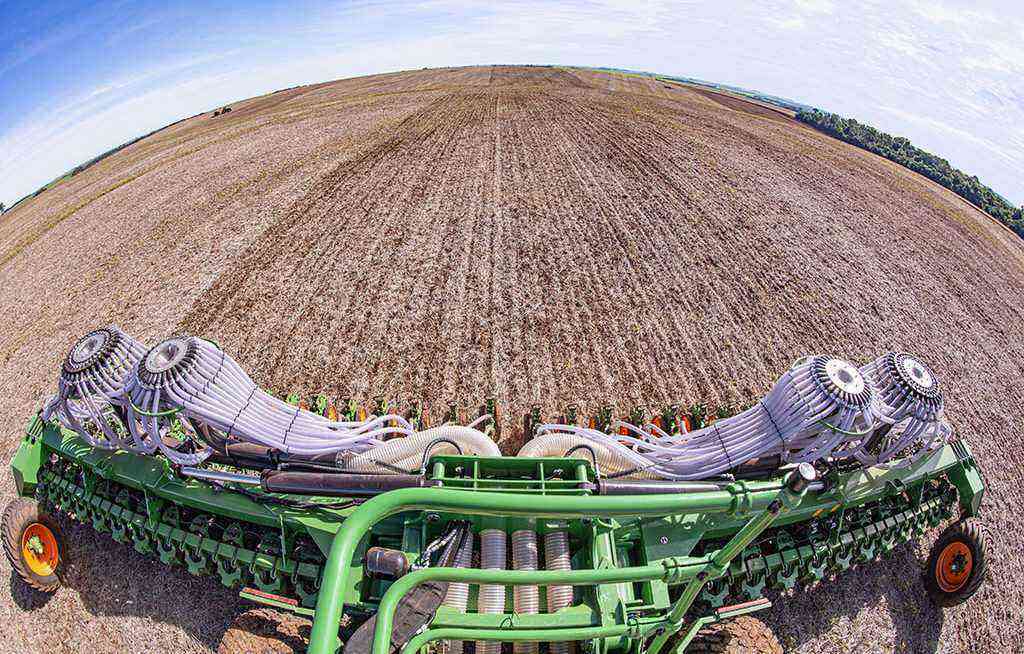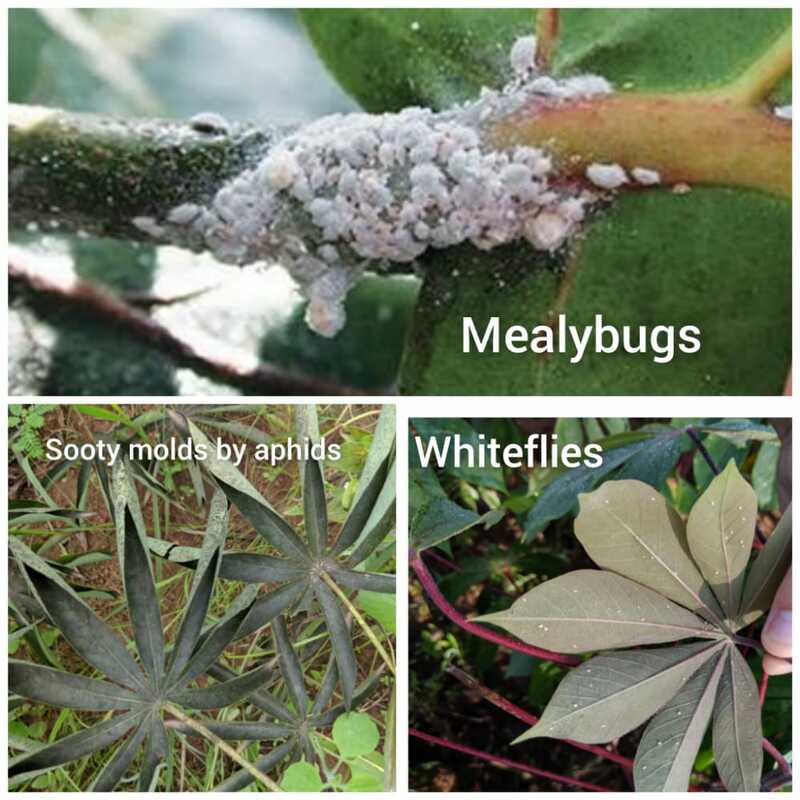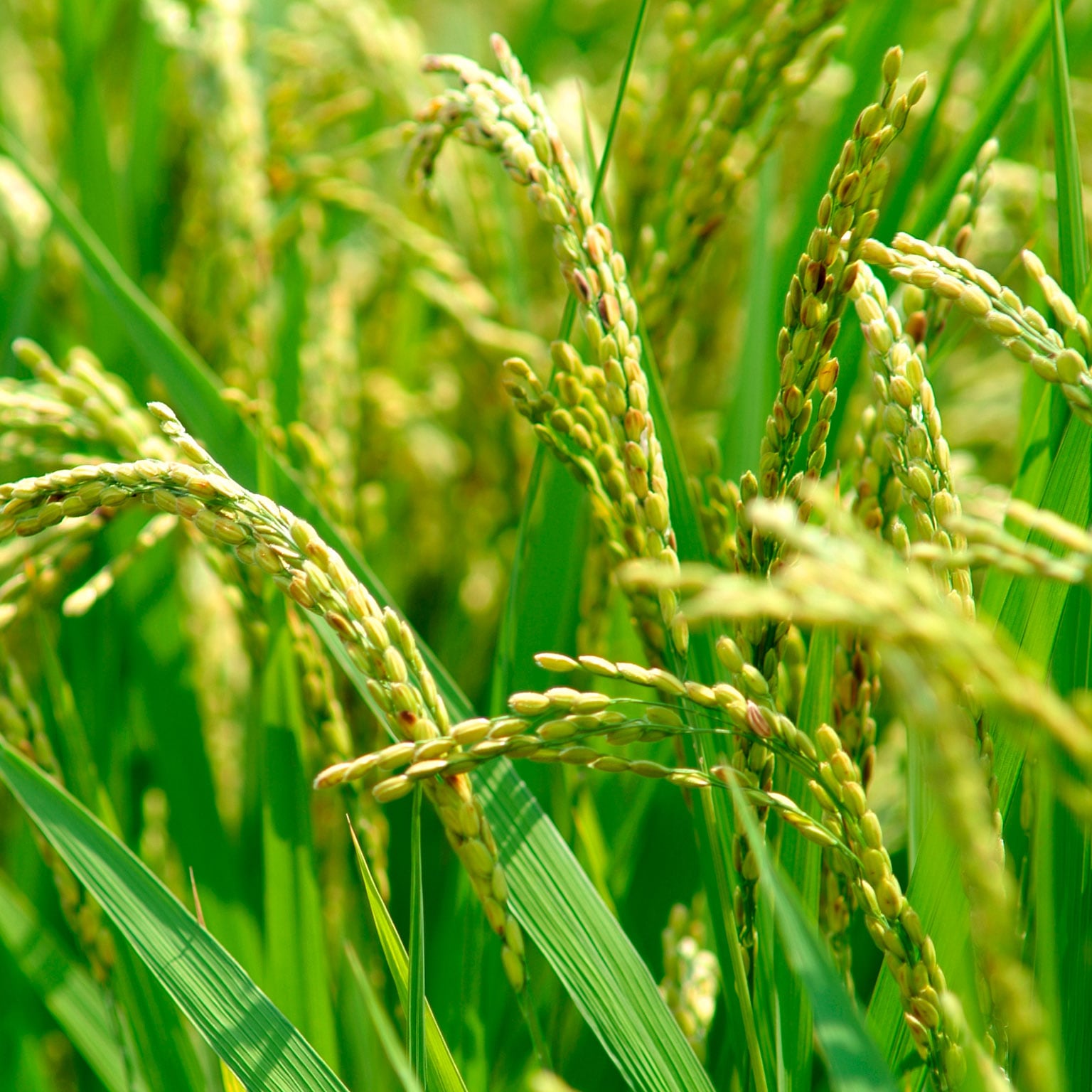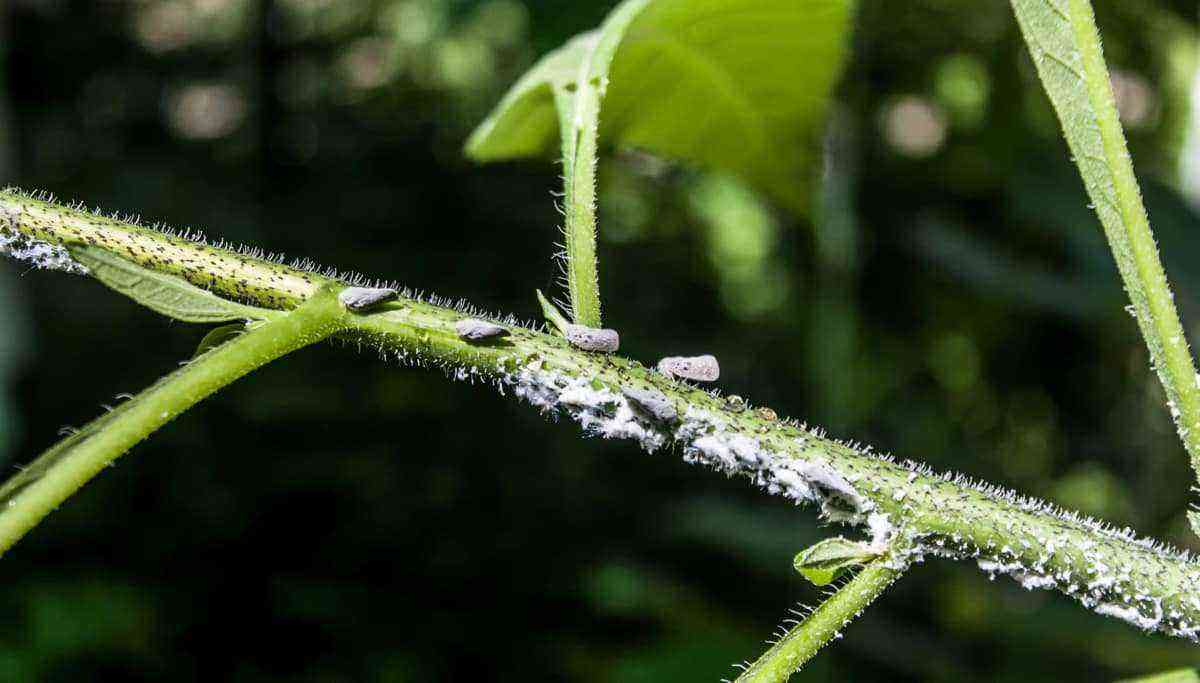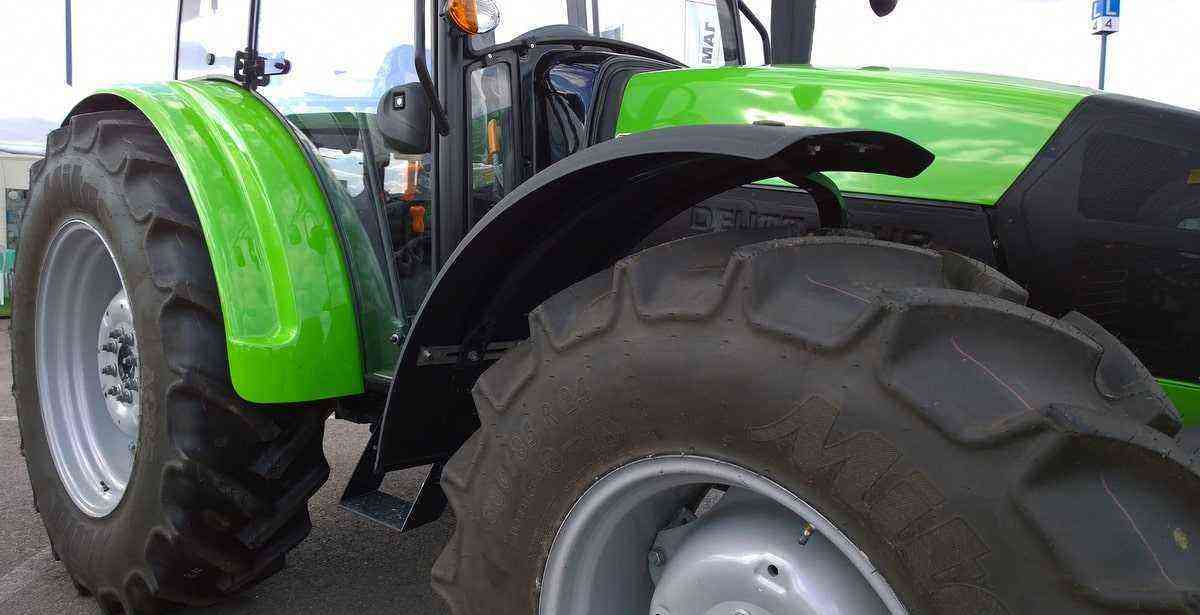The No-tillage System (SPD) is the central element of conservation agriculture, which focuses on the sustainability of the production system, based on three principles:
- Direct seeding of crops with minimal soil disturbance;
- Permanent ground cover by crop residues or cover crops (straw);
- Crop rotation (helps to control pests, diseases and weeds).
In the SPD, the initial control of weeds is carried out with the application of desiccant herbicides in pre-planting. Subsequently, pre-emergent and/or post-emergent herbicides are applied, which are also used in conventional soil preparation (LANDERS, 2001).
For the use of any herbicide, you must follow the guidelines of an agronomist, so that it occurs correctly.
With no-tillage, crops develop in the middle of straw. But, you need to be aware of weeds, using herbicides.
In order to have a good initial development of the culture, it is important that the sowing is done in the area free of weeds and to avoid the initial weed interference.
There are some weed management strategies that offer a competitive advantage to the crop, up to the stage where the crop itself controls new weed emergence flows. The strategies are:
- Association of herbicides with residual effect on the soil to the desiccant herbicide applied in pre-sowing;
- Sequential application of herbicides with residual effect on the soil after application of the desiccant herbicide.
In order to carry out operations safely, without environmental contamination or phytotoxicity of the crop, it is important to know the characteristics of the herbicide, the type of soil, the weed species present in the area and the crop to be installed.
Dynamics of herbicides in straw
In no-till, one of the precautions is to use herbicide in the straw to control weeds. Photo: ClimateFieldview.
When herbicide is applied to the straw, the main concern is the loss of weed control efficiency, as the spray is not directly reaching the target (weed).
For the control to be effective, it is necessary that the herbicide goes beyond the straw and comes into contact with the weed seeds that are germinating.
How is the herbicide transported from the straw to the soil?
The time that the herbicide remains on the straw is subject to processes of degradation of the molecule by volatilization or photodecomposition.
Thus, it is essential that the herbicide is transported from the straw to the soil. For this to occur, two factors must converge:
- Herbicide with physicochemical characteristics that facilitates the passage of the herbicide from the straw to the soil;
- Occurrence of precipitation (rain) after application.
The herbicides that are easier to cross the straw are the ones with the highest solubility in water (above 151 ppm) and the lowest octanol-water partition coefficient (Kow) (CHRISTOFOLETTI et al., 2009).
This property refers to the affinity that the herbicide has with the polar (water) and non-polar (octanol) phase, the lower the Kow the greater the affinity for water (Kow< 10), mais facilmente o herpicida chegará ao solo.
O herbicide transfer vehicle from the straw to the soil, it is water. Therefore, the herbicide used must have an affinity for water so that it can reach the soil at the time of precipitation and control weeds.
In research carried out by Freitas and Silva (2016), it shows the passage of the herbicide sulfentrazone through sorghum, millet and brachiaria straw due to rainfall of 40 mm and 60 mm. Sulfentrazone was sprayed sequentially with glyphosate herbicide and mixed with glyphosate herbicide.
Research shows the herbicide sulfentrazone by sorghum, millet and brachiaria straw.
Maximum amount extracted from sulfentrazone herbicide (ng cm-2) after rains of 40 and 60 mm on sorghum straw (A), millet (B) and brachiaria (C).
Different capital letters indicate significant differences between groups and different lowercase letters indicate significant differences within the same group, by the Tukey test at 5% probability. Source: Freitas e Silva (2016).
How long do these herbicides control weeds?
It is worth mentioning that the herbicides applied to the straw are pre-emergent, therefore, they have an effect when they are in the wet soil so that it can control the weed seeds in germination process.
As the objective is to provide a competitive advantage for the crop to develop in the area, these pre-emergent herbicides are known as residual effect herbicides Not only.
How long these herbicides will remain active in the soil depends on several factors such as climatic conditions, soil characteristics and the half-life value of the herbicide molecule.
Half-life is defined as the time required for 50% of the initial amount of herbicide to dissipate (SILVA; SILVA, 2007), therefore, it is the time in which the herbicide controls weeds.
Each herbicide has its half-life value. For example, diclosulam ranges from 22 to 43 days (RODRIGUES; ALMEIDA, 2018) and sulfentrazone ranges from 110 to 280 days (VIVIAN et al., 2006), with two herbicides used in SPD.
Is there a need to apply post-emergent herbicides?
It is important to control weeds in the planting area with herbicides in the straw.
Depends!
It depends on the crop installed, the species of plants present in the area, the climate, the characteristics of the soil and the herbicide.
The important thing is to maintain some type of weed control until the time when the crop closes between the planting lines. From that moment on, the culture itself controls new weed emergence flows.
Therefore, there may be a need to carry out post-emergence applications, and the recommendation of an agronomist is essential.
Are residual effect herbicides safe for the environment?
Herbicides, in order to be registered, undergo evaluations. Concern also about the environment.
For a herbicide to be registered, it must be evaluated and approved by the Ministry of Agriculture regarding agronomic efficiency, by the Brazilian Institute for the Environment and Renewable Natural Resources (Ibama) regarding environmental safety and by the National Health Surveillance Agency (Anvisa) regarding the effects in human health, each agency has autonomy in its work (MAPA, 2019).
When a herbicide is launched on the market, it has been evaluated and approved for agronomic efficiency, environmental safety and human health, so they are safe!
Why is there environmental contamination from herbicides?
The main cause of environmental contamination is the inappropriate use of herbicides.
Consideration should be given to the guidelines of a qualified professional in the area, such as agronomists, and to follow the information contained in the product package insert, so that maximum environmental and human protection can be achieved.
Bibliographic references:
CHRISTOFFOLETI, PJ et al. Behavior of soil-applied herbicides in sugarcane cultivation. CP, Piracicaba, v. 2, 2009.
FREITAS E SILVA, I. P. Behavior of sulfentrazone and diclosulam herbicides in different management of cover crops. 2016. 102 f. Thesis (Doctorate) – Doctoral Course, Universidade Estadual Paulista “Júlio de Mesquita Filho” Faculty of Agronomic Sciences (Botucatu Campus), Botucatu, 2016.
LANDERS, JN Zero tillagedevelopment in tropical Brazil. Rome: FAO, 2001. Available at: http://www.fao.org/3/Y2638E/y2638e00.htm#toc. Accessed on: 10 Aug. 2021.
MAPA, Ministry of Agriculture, Livestock and Supply. Clarifications on Agricultural Pesticides Records. 2019. Available at: https://www.gov.br/agricultura/pt-br/assuntos/noticias/esclarecimentos-sobre-registros-de-defensivos-agricolas. Accessed on: 13 Aug. 2021.
RODRIGUES, B. N.; ALMEIDA, F. S. herbicide guide. 7. ed. Londrina: Authors Edition, 2018. 764 p.
SILVA, A. A.; SILVA, J. F. Topics in weed management. Viçosa: UFV, 2007. 367 p.
VIVIAN, R. et al. Persistence of sulfentrazone in Red-Yellow Argisol cultivated with sugarcane. weed, Viçosa, v. 24, no. 4, p. 741-750, 2006.
